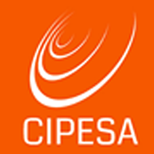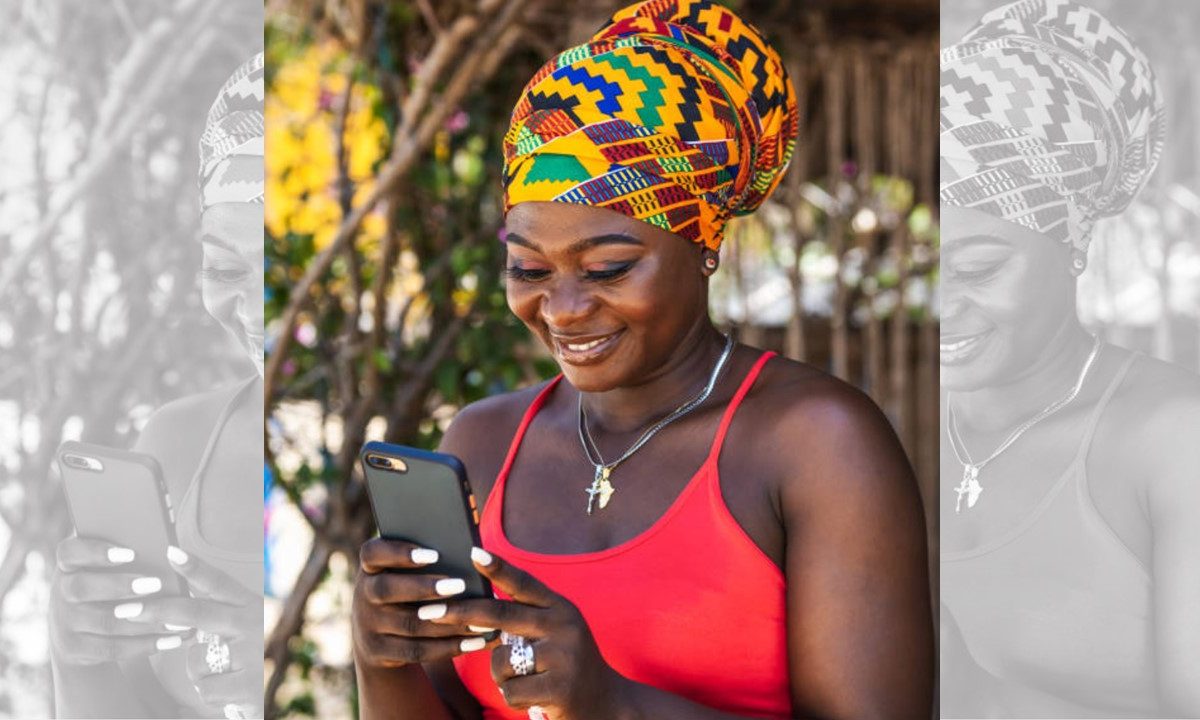By Prudence Nyamishana |
Trends in global digitalisation have seen strides in the use of technology as an enabler for economic growth, public discourse, service delivery, transparency and accountability, access to education and public health. However, alongside these advancements, there has remained a persistent digital access gap that predominantly affects Sub-Saharan Africa.
Further, it appears that even for those countries in the region with high levels of access to digital technologies, there remain inconsistencies at national level, including in policy formulation and practice, and the business ethics and human rights of mobile network operators, which potentially exacerbate digital exclusion.
According to the International Telecommunications Union (ITU), global 4G coverage stood at 84% in comparison to 44% in Africa – the lowest across all regions.
In 2020, four of Africa’s leading digital companies (Safaricom, Jumia, MTN, and Naspers) were ranked and scored on digital inclusion by the World Benchmarking Alliance (WBA)‘s Digital Inclusion Benchmark. These companies have business footprints in more than numerous countries in Africa.
The Digital Inclusion Benchmark results showed that commitment and contribution towards digital inclusion are highly uneven across industries in the digital sector. Clear and consistent support to improve digital skills is needed, especially for vulnerable and underrepresented groups.
These results echoed similar sentiment in the Collaboration on International ICT Policy for East and Southern Africa (CIPESA) Access Denied report, which showed that several telecom companies in Sub-Saharan Africa have failed to meet their obligations to provide information and services to persons with disabilities.
Both the WBA Benchmark and the CIPESA report call for adjustments to how business should be conducted, with a higher priority placed on the often digitally excluded and underrepresented communities such as women and persons with disabilities.
As such, in June 2021, the WBA and CIPESA hosted a roundtable with stakeholders committed to advancing digital inclusion in the region. Additionally, the roundtable sought to help foster coordinated multi-stakeholder actions on digital inclusion that can help achieve the Sustainable Development Goals (SDGs).
Watch the Africa RoundTable on Digital Inclusion
Speaking at the roundtable, Andrew Rugege, the Africa regional director for the International Telecommunications Union (ITU), noted that Covid-19 had laid bare the realities that underpin global economics and made it evident that broadband and Information and Communications Technology (ICT) play a critical role in daily lives for the overall growth of national economies.
However, Michael Minges, a WBA Research Analyst, highlighted gaps in current internet access policy and structures that affect national economics and also impact digital inclusion and access. He pointed out the issue of scale, noting that many African countries have not yet built up their internet markets to make them attractive for international investors.
Onica Makwakwa, Head of Africa at the Alliance for Affordable Internet (A4AI), highlighted the role that state policies and regulations have to play in enabling digital access. She stated: “We need to have policies and regulations that make this [internet access] universal … It requires intentional actions.”
The shift from data to action was stressed by Lourdes Montenegro, the WBA Lead on Digital Sector Transformation, who noted that the data emerging from research initiatives such as by the WBA and CIPESA triggers thinking on what public policy actions are needed, including by think tanks and governments that need to work towards addressing digital inclusion gaps with evidence-backed data.
Indeed, narratives from the roundtable discussion including the need for more stakeholder collaborations were carried through to the September 2021 CIPESA-hosted Forum on Internet Freedom in Africa 2021 (FIFAfrica). Digital inclusion was one of the themes at FIFAfrica21, and multiple sessions at the Forum entailed discussion on why digital inclusion should be attained including for the benefit of increased public participation, countering misinformation, fighting online violence against women, supporting progressive online movements, and encouraging online diversity especially from the Global South. Thus, as the data in support of digital inclusion grows, so does the need to put this data into practice in policy formation, business strategy and digital rights advocacy.
Watch the different sessions from the Forum.


